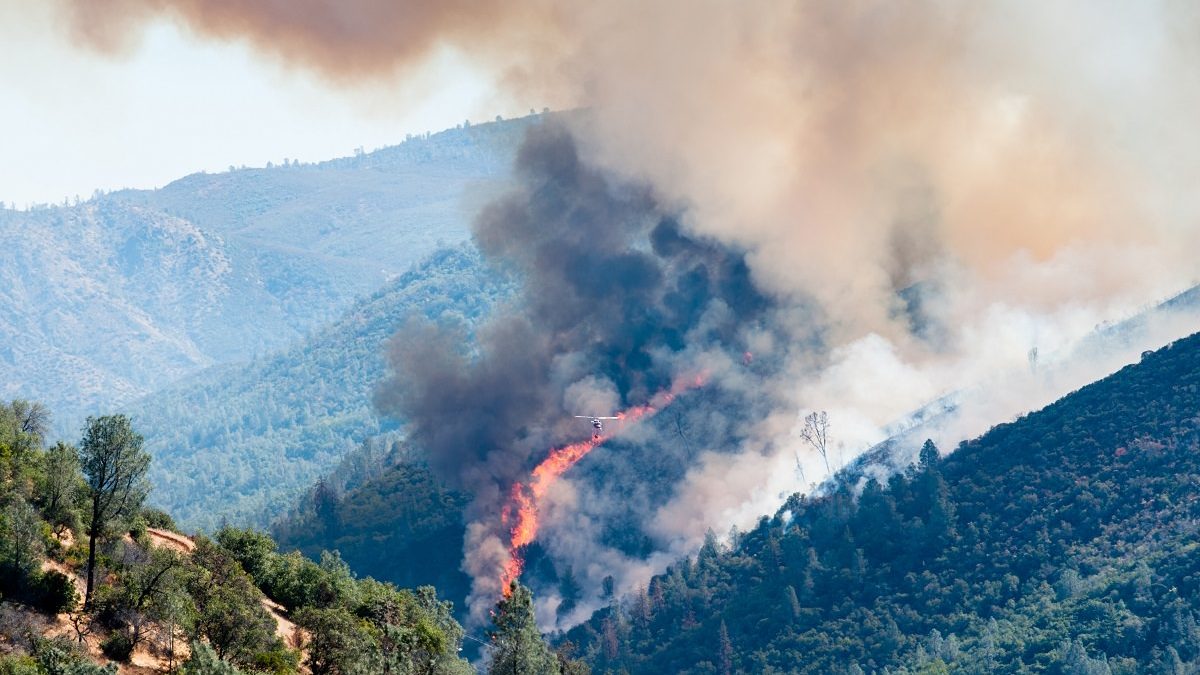
"Residents in many regions of the U.S. must now prepare for fire season. As the fires grow larger and multiple fires burn simultaneously, air quality becomes an issue."
"As of this writing, the Eastern U.S. has recently been inundated with smoke from Canadian wildfires. Large-scale atmospheric circulation can transport wildfire smoke hundreds and even thousands of miles."
"A good plan should include strategies for evacuation, communication with family members in case of separation, and plans for protecting pets and livestock."
"In addition to the immediate risk of flames, residents in areas that experience wildfires - and for many hundreds of miles beyond them - need to prepare for extreme air pollution during fire season."
Wildfires in the U.S. are increasingly seen as seasonal threats, with the 2024 fire season showing 122% of the normal acres burned compared to the 10-year average. Fire seasons begin earlier and extend later, affecting residential areas and air quality far from flames. Residents must prepare by creating evacuation and communication plans, ensuring pets and livestock safety, and making homes fire-resistant. The ways wildfire smoke can impact air quality span vast distances, and the health impacts due to air pollution are growing in regions affected by wildfires.
Read at Earth911
Unable to calculate read time
Collection
[
|
...
]